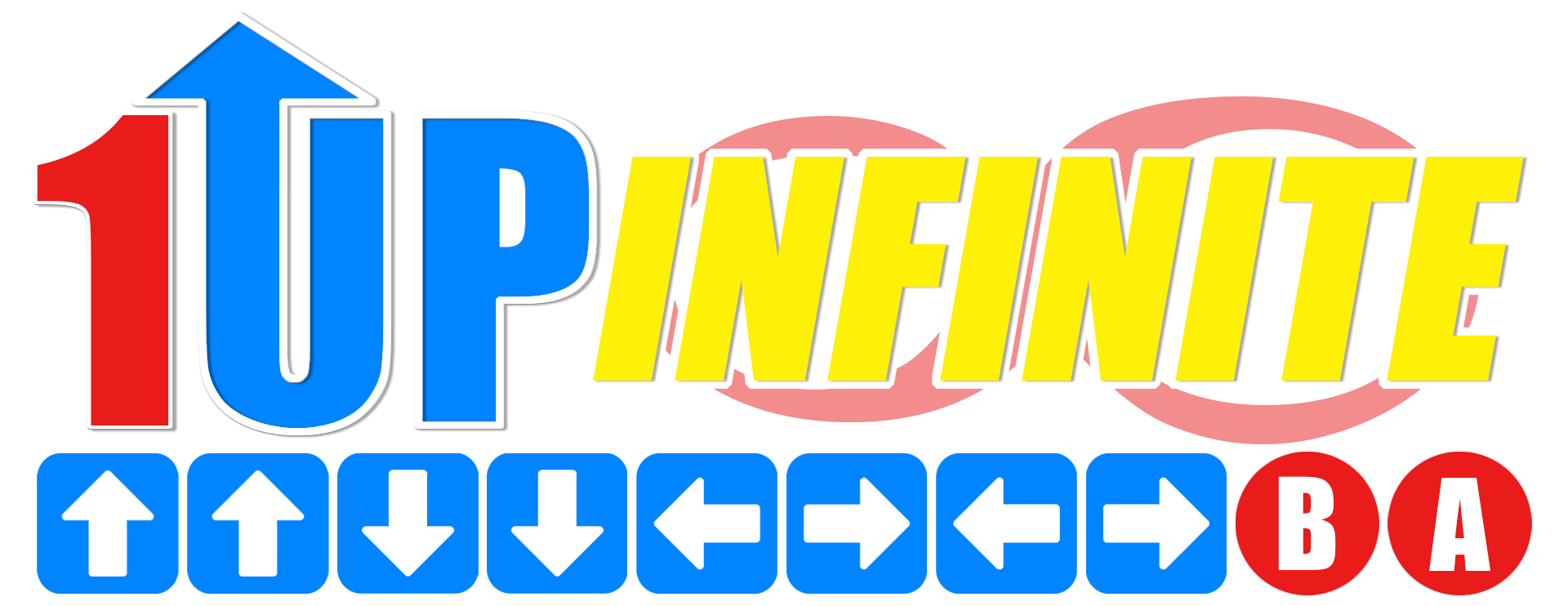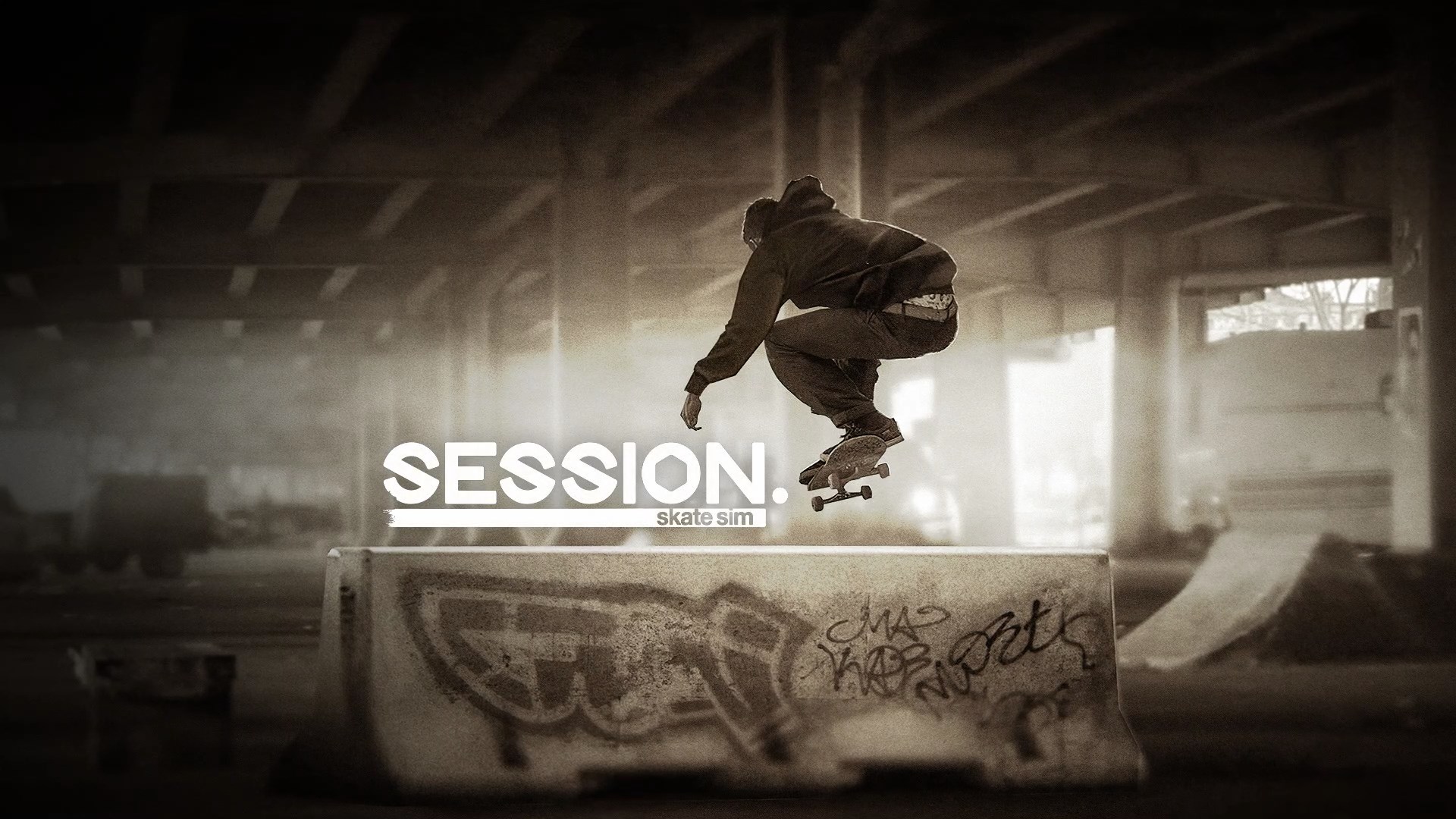Session: Skate Sim
It's always an interesting story when you follow a game through its early access phase leading up to its release. To see a game like Session Skate Sim work its way from an ambitious "skateboarding simulator" to years of fine-tuning a product that aims to catch an audience with a wide net. Naturally, a game changes considerably from EA to the coveted "1.0" build. Sometimes it's best to wait for the right moment to declare a game as "1.0" unless you enter a situation where your competitor releases their title early and feels the brunt of the criticism.
The past three years have been a recurring renaissance of skateboarding titles thanks to a community that began niche yet took the gaming world by storm. I am of course talking about Skate content creators, more specifically Skate 3, a scene so massive that Electronic Arts re-opened the servers to cash in on the algorithm. Two community-led projects stood at the forefront with very dynamic approaches to the "perfect skate sim," Session and Skater XL. The latter was released first and having played both, I've felt the game was catered to "casual" fans.

There's nothing wrong with this as I am a fan of the skate culture and always have been since my youth. I tried skateboarding and realized it wasn't for me, but I knew well enough to know what consisted of an ollie vs a nollie. Skater XL took the barrier of entry and made it easier to understand for players like myself. The community also held the game together with mods, maps, and gear meant to tweak some of the things Easy Day Studios were going for. Unfortunately, the goodwill between the devs and the players has been strained. What was most disappointing was the handling of the console port, with the implementation of mods nowhere near as great as it was on PC.
This left crea-ture Studios in an interesting predicament. All eyes were now on Session to provide the best skateboarding experience that others delivered with mixed results. When I played Session in 2020, I'd never played anything like it. It was the most difficult game I've ever played and muscle memory from Tony Hawk's Pro Skater and even Skate were kicking me in the bum. In 1.0, the physics has received an overhaul to the point where it feels easier to grasp, much to the dismay of those who have played since early beta (one look through the Steam reviews can tip you off to that).

Regardless, as you can see from my playtime and the last time played on Steam, I missed out on several new updates. The last I played was when Philly was recently added as a new map. Now not only has Philly and NYC been fleshed out, but there's also an entirely new map, San Francisco. Session also implements a "story mode" which serves as the game's extended tutorial. Early on you're taught how to move, push, ollie, flip, grind, and manual. Later missions ask you to do tougher challenges that require you to tie everything together.
So what's the big deal? How is Session different from others before it? Those questions are immediately answered if you try to use the left stick to turn. Players will quickly realize that their body shifts in a weird way and they are doing everything else but turn. As it turns out, you turn your body using the L2 and R2 buttons, mimicking the motion of your hips as you carve inward and outward. At low speeds, the skater will even tap their board akin to tic-tacking. The left and right sticks are used to represent a skater's front foot and back foot respectively depending on the stance.

In regular stance, the left stick is your front foot and the right stick is your back foot. Goofy and switch stances, the controls are reversed thus mirroring your input. To do an Ollie, rather than pressing "X", you push the right stick back and then flick the left stick upward, as you would on an actual board. To do a kickflip, you push the right stick back and flick the left stick to the left like you're kicking the board in real life. Doing a shove-it requires you to scoop the right stick as you would your back foot, and finally, a tre flip combines the motion of a kickflip with your left stick and a 360 shove-it on the right stick (going half circle).
Thankfully, it is far easier to execute than it is to explain, but I've noticed as well that the physics felt different from when I last played. It seems you can get more vertical in your jumps than in the past, something most players discourage as they like a sense of gravity. The sense of speed feels better as it encourages pushing your board rather than giving it a few taps. One thing I can say that greatly improved was the graphics as lighting reflects upon the environment and my skater. Even night skating felt great as the option to turn the camera light on made it feel as if I was watching an old skate video.

I think that's what I enjoyed about the full release of Session. Sure you can follow the story and do things to earn money and exp but you don't have to. There are three cities each with a lot to do and attention to detail to come from it. When I first played Session during the lockdown era, New York City felt like a ghost town.
It felt surreal to skate an accurate representation of LES, including One Police Plaza, Chatham Square, and of course The Banks. I missed my calling for skating, but you can tell that the developers paid specific attention to the locations present. It's a hard game to pick up and learn at first, but with enough time the fun is nailing that one trick rather than "clear all the goals as fast as you can."

Session Skate Sim is available on PC, Xbox One, Xbox Series X and S, PlayStation 4, and PlayStation 5.

